The City Wall around Krakow in Medieval Times consisted of 39 towers and 8 gates. With a length of around two miles it was 10 metres high and 2.5 metres thick. With an additional lower wall the whole city was also surrounded by a moat 8 metres deep and 22 metres wide. Later, at the height of its existence, the wall contained 47 watchtowers and eight gates.
Most of the defences were dismantled at the beginning of the 19th century although the Brama Florianska, which was the main gate, and three adjacent towers with their interconnecting walls have survived, as has the 16th century arsenal and the barbican, which is situated in front of the main gate.
The Brama Florianska Gate is a rectangular Gothic stone tower 33.5 metres tall, which was built around 1300 as part of a protective rampart constructed around Krakow after the Tartar attack of 1241 - an attack which destroyed most of the city. Named after St. Florian the gate became the main entrance to the city.
In 1565 - 66 a municipal arsenal was built next to St. Florian's Gate. Also, around this time, a bas-relief of St. Florian was placed on the south wall of the Brama Florianska Gate. In the late 17th century it was topped with a baroque roof, which still exists today. In 1882 a stone eagle – the symbol of Poland’s first rulers carved by Zygmunt Langman and based on the design by the painter Jan Matejko, was placed on the north side of the gate. Also to be found in the gate is the chapel, constructed in 1885 – 86 which is located on the first floor, and the Altar to the Holy Mother of Piaski.
Each of the towers was allocated to a specific trade guild to defend. The Brama Florianska Gate was defended by the Guild of Furriers. Along this stretch of wall today are a number of pieces of art. Local artists use this as a display area in which they offer their works for sale.
Visitors are able to ascend to the wall through one of the other towers and walk along the length of the wall.
Connected to the Brama Florianska gate - originally by a drawbridge and walled passage - was the circular Gothic style barbican, which was surrounded by a 30 metre wide and 6 metre deep moat. The barbican (a fortified outpost or gateway) is one of only three such fortifications still surviving in Europe, and the best preserved. 24.4 metres in diameter, with its three metres thick walls, it is topped with seven turrets. It contains 130 loopholes arranged in four rows, the lowest being used by artillery while the others were used by archers. Constructed between 1498 – 1499 it withstood the attack of the Habsburg troops in 1587, and the invasion of Poland by the Swedes in 1626. However, the city ultimately fell as a result of scarcity of food and ammunition.
There is a legend relating to the barbican, which tells of a local burgher - Marcin Oracewicz – who was defending Krakow from the Russians in 1768. It is said that he shot and killed the Russian commander, Colonel Panin, from the barbican, using a coat button; a plaque on the eastern side of the fortress commemorates the incident.
Apart from being a popular tourist attraction, the barbican is also used for an annual fencing tournament, for concerts and as a theatre. It also houses a historical museum and is the venue for re-enactments of medieval tournaments, complete with swordfights, and includes a demonstration of an execution. This is of course a simulation!
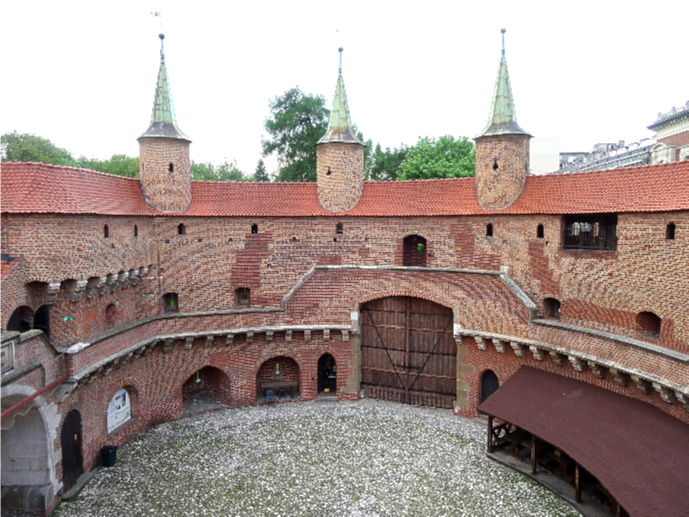
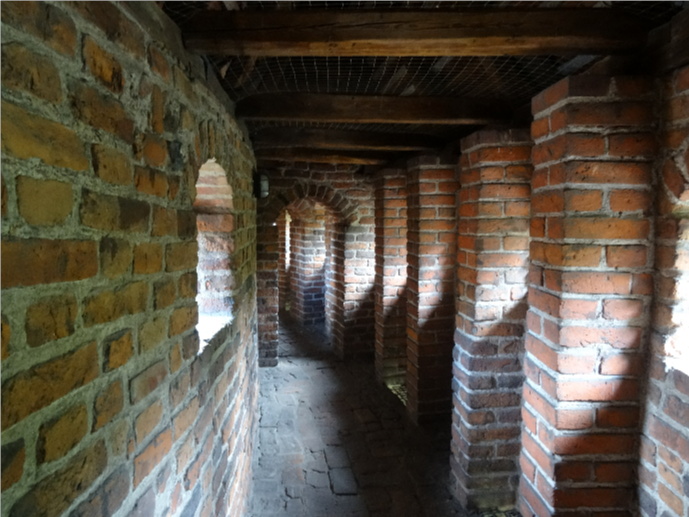
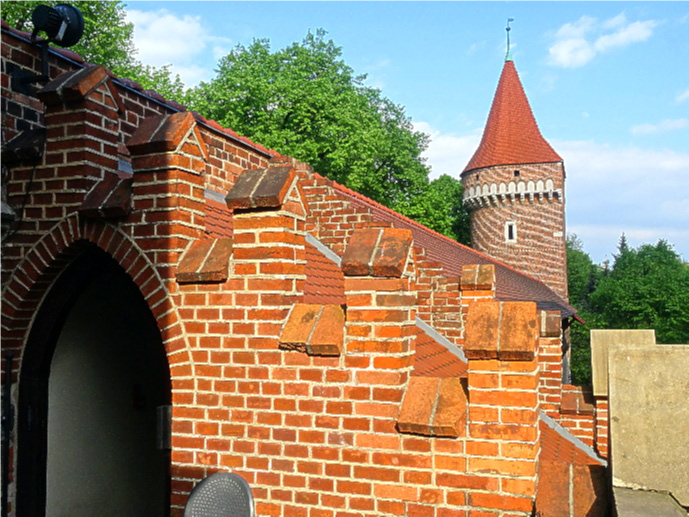
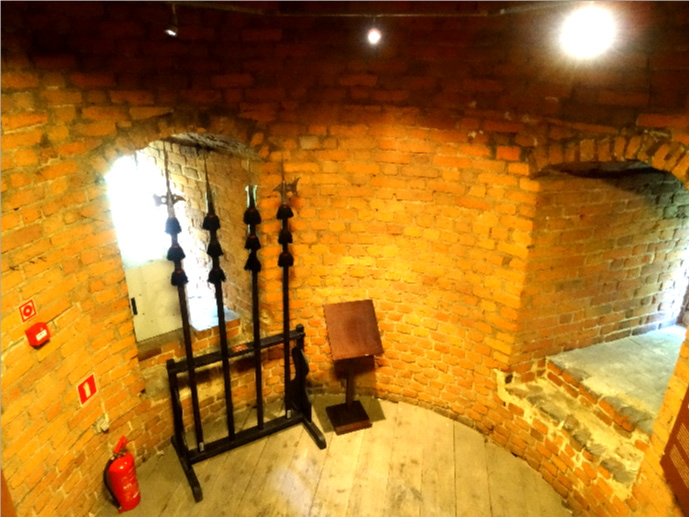
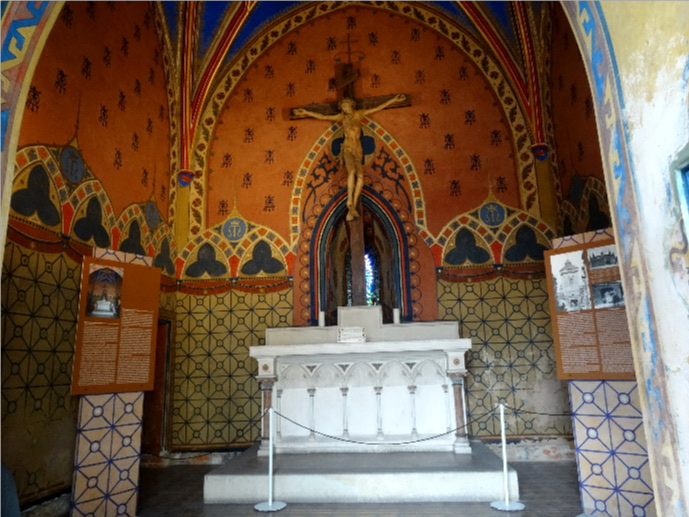
To see more photographs and take a virtual tour of the site click on the photoshow below.





